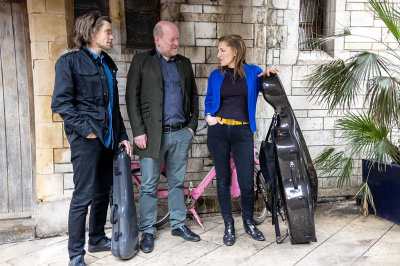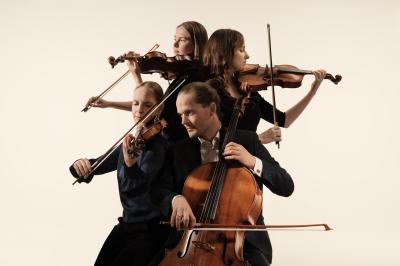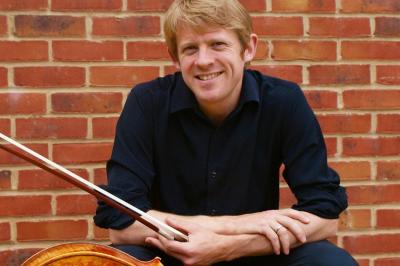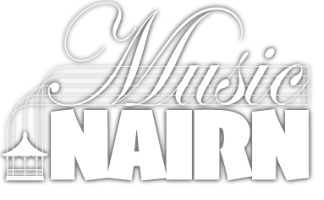Maximilliano Martin and Friends
The Music Nairn season came to a special conclusion with a concert by firm Nairn favourite Maxi Martin and friends. When you and your friends are the woodwind principles of the Scottish Chamber Orchestra and a lecturer in Piano Accompaniment at the Royal Conservatoire then the stage is set for a real musical treat. As a veteran clarinettist myself, I was surprised to see on the programme a number of pieces for the instrument I had never heard, and indeed in one case that I had never even heard of. The Introduction and Rondo for clarinet and piano by Charles-Marie Widor (he of the organ toccata) was a case in point. Composed in 1898 as a test piece for the Paris Conservatoire, this proved to be a remarkably rich and varied piece with memorable motifs and which explored the full potential of both instruments. In music with considerable technical demands, it was clear that both performers possessed the consummate skills necessary for their reading to sound effortless.
For the Concertino for flute and piano by Cecile Chaminade, pianist Scott Mitchell was joined by flautist Andre Cebrian. This work was also composed as a test piece for the Paris Conservatoire, but again the performers sailed through the technical demands to find a charming lyricism in this lovely music. Next, Cerys Ambrose-Evans joined forces with Maxi for a simply thrilling performance of the piquant Sonata for Clarinet and Bassoon by Francis Poulenc. Having frequently played the superb Poulenc Sonatas for Clarinet and Piano and for two Clarinets, I have always intended to get around to their companion piece, but I was frankly daunted by the blistering account we were treated to by Cebrien and Martin! Maxi changed places again with Scott Mitchell for a beguiling account of the Sonata by Camille Saint-Saens for Bassoon and Piano. The determinedly traditionalist Saint-Saens ploughed his own distinctive musical furrow into advanced old age, outmanoeuvring impressionist composers such as Debussy simply by outliving them! Like the fine Clarinet Sonata, the Bassoon Sonata belongs to a late burst of compositional activity at the very end of his life, and is a triumph of this neglected composer's mature idiom. Evans and Scott gave us an authoritative and musically eloquent account of this very fine piece.
Maxi, Andre Cebrian and Scott Mitchell kick-started the second half in spectacular style with another work by Saint-Saens, this time a reduction for flute, clarinet and piano of a wild Tarantella. Visibly vying with one another, the three players brought out the full frenzy of this mad dance, all three demonstrating breathtaking virtuosity. Heitor Villa-Lobos' Bachianas Brasilieras no 6 for flute and bassoon proved to be a pleasantly lyrical interlude, reminiscent of Bach, while the same composer's Choros no 2 for flute and clarinet was an altogether wilder affair, based on the street music of Rio and animated with wonderfully off-beat rhythms and catchy syncopations.
This superb concert culminated in the oldest music we had heard all evening, the engaging Trio Pathétique for Bassoon, Clarinet and Piano composed by Mikhail Glinka in 1832. I came across this fine piece as a student when the great period instrument pioneer clarinettist Alan Hacker issued an extraordinary recording in the 1980s. Rushing out to buy the music, we immersed ourselves in the piece's passionate expression and beautifully crafted details, all brought out by Maxi, Cerys and Scott in their intense and excitingly flamboyant account. It brought this beautifully varied and revelatory concert to a triumphant conclusion, and sustained applause from a capacity audience elicited a quirky arrangement of Ravel's nobly melancholy Pavane pour une Infante Défunte involving a perfect blend of all four performers.
Forthcoming Events






